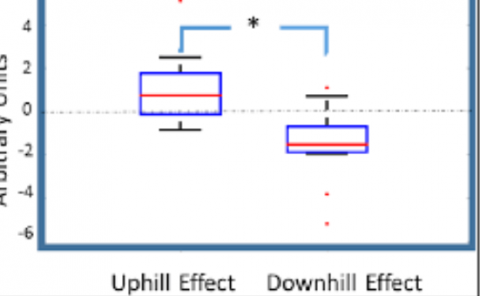Head Related Transfer Function Interpolation Based on Finite Impulse Response Models
PubDate: May 2019
Teams: American University of the Middle East;University of Denver;University of Colorado
Writers: Bahaa Al-Sheikh; Mohammad A. Matin; Daniel J. Tollin
PDF: Head Related Transfer Function Interpolation Based on Finite Impulse Response Models

Abstract
Head Related Transfer Function (HRTF) describes how the ear and the head in general respond to sounds coming from certain point in space to the ear. It is defined as the ratio of the spectrum at the ear-drum to the spectrum at the sound source. HRTF modeling and reconstruction have been used widely in auditory nervous system research and virtual reality technology, especially in the wearable virtual auditory display (VAD) devices. VADs are currently used in physiological and psychoacoustic research, medical applications, military simulations, industry, in addition to entertainment. HRTFs are usually measured at finite directions in azimuth and elevation because of many limitations. To create complete VAD, HRTFs are modeled or synthesized at finer spatial resolution or directions where they are not measured. Systematic movement of zeros in Finite Impulse Response (FIR) models of Directional Transfer Functions (DTFs), defined as the directional components of the HRTFs, is tracked. Interpolation of zeros movement to create HRTFs at new directions is presented in this paper. HRTFs of subjects from human database are used for this purpose and the reconstructed HRTFs are evaluated by objective and subjective tests for validation. Interpolation at some directions is successfully applied and validated on those models’ orders.

